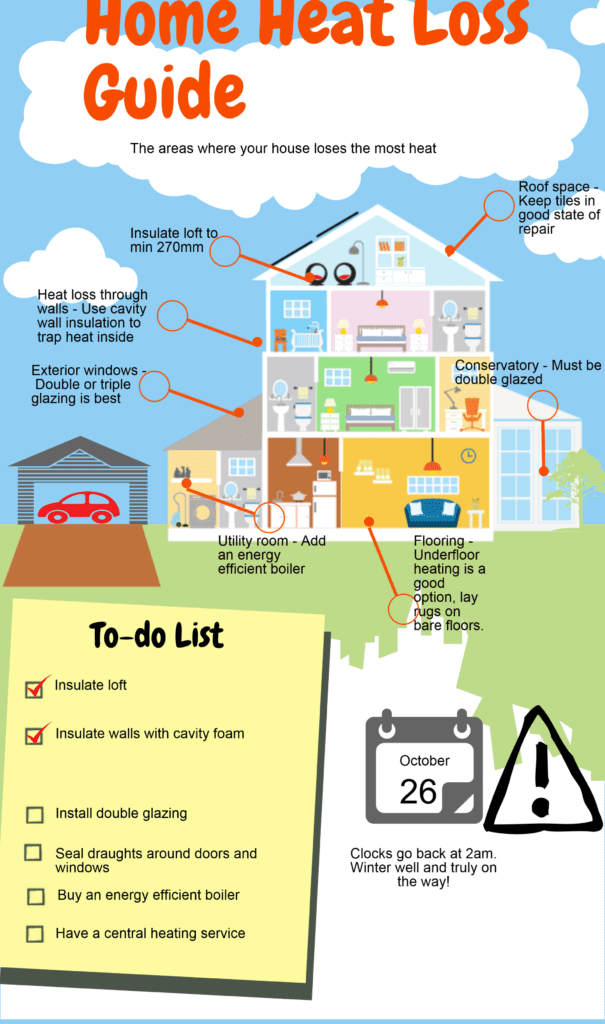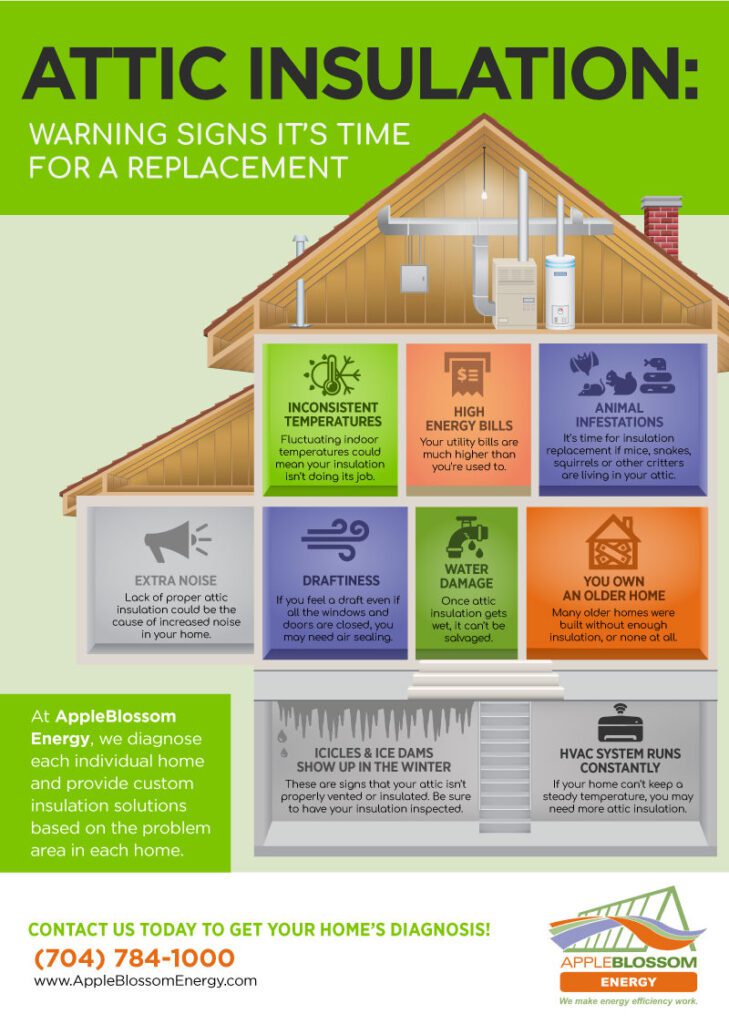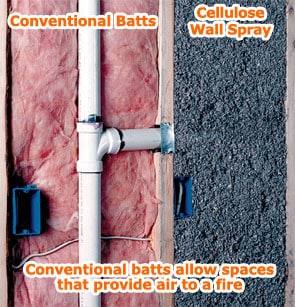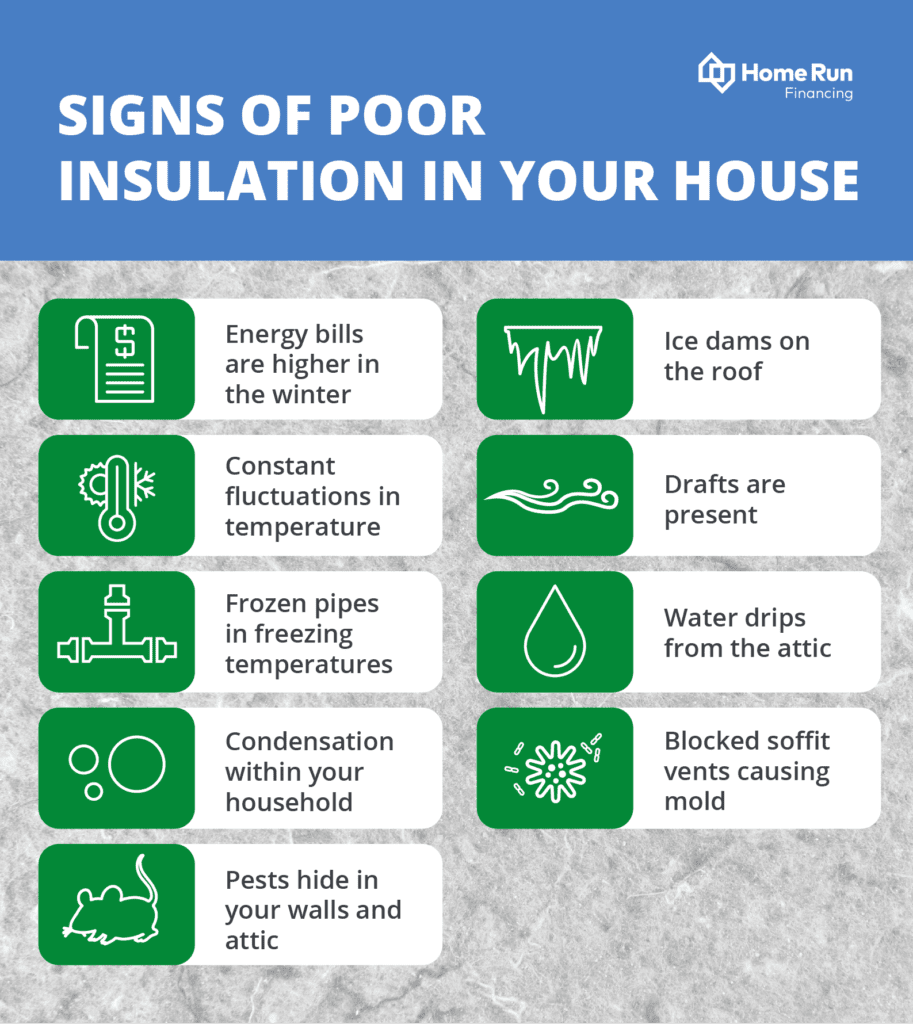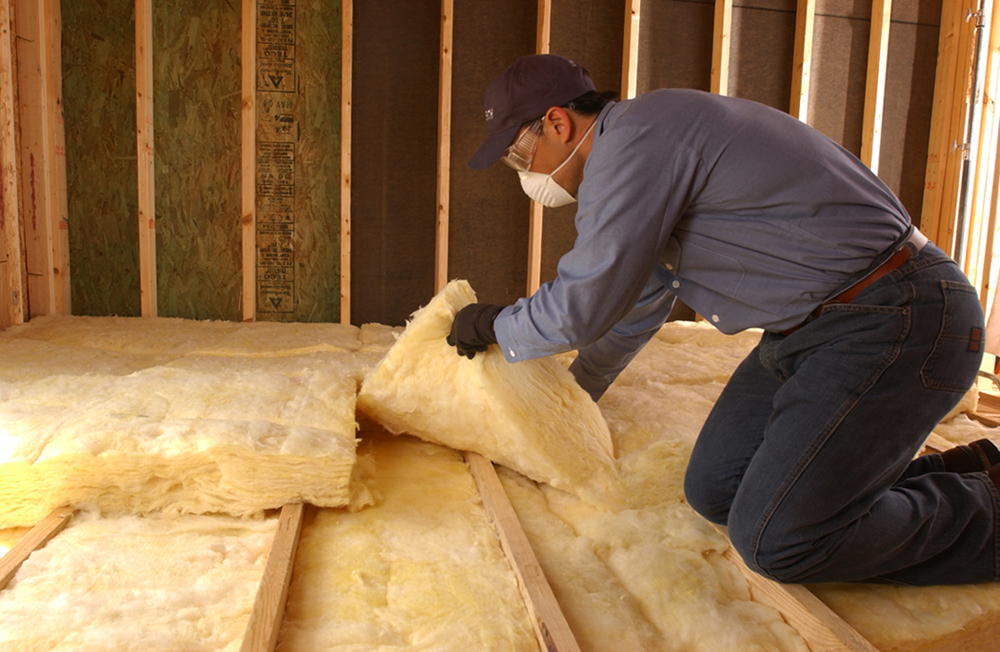Imagine you’re walking through a house, wondering if the walls are properly insulated. You’re curious about what lies beneath the drywall, but how can you know for sure? In this article, we’ll explore some effective methods to determine if there is insulation hiding behind those seemingly impenetrable walls. Whether you’re a homeowner looking to improve energy efficiency or a curious mind eager to unravel the mysteries of construction, we’ve got you covered. So let’s get started and uncover the secrets that lie behind the drywall!
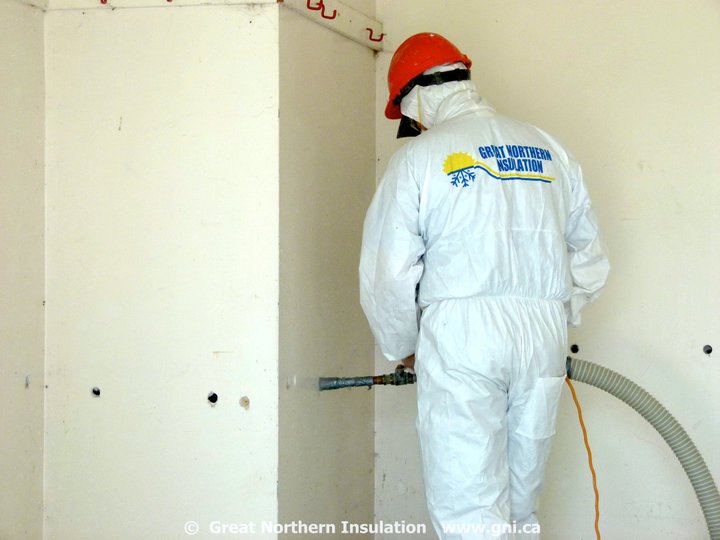

1. Visual Inspection
When conducting a visual inspection of your property, there are several key areas to focus on to determine the presence and quality of insulation. By carefully examining each component, you can gain valuable insights into the efficiency and comfort of your home. Let’s dive into these areas one by one.
2. Exterior Walls
2.1. Exterior Insulation
The first aspect to consider when inspecting your exterior walls is the presence of insulation. Insulation plays a crucial role in preventing heat loss during colder months and heat gain during warmer months. To determine if there is insulation behind your exterior walls, you can start by visually examining any openings or gaps where the insulation might be visible. Look for areas with missing or damaged siding, as these may provide a glimpse of the insulation material.
2.2. Wall Thickness
While visually inspecting your exterior walls, it is also essential to pay attention to their thickness. Generally, thicker walls indicate the presence of insulation. Measure the width of your walls at different locations within your property to gauge any variation. Thicker walls are more likely to have insulation, helping to maintain a comfortable indoor temperature and potentially saving on energy costs.
2.3. Wall Outlets
Wall outlets can provide valuable clues about the presence of insulation behind your drywall. By removing the outlet cover, you can often see if any insulation is present within the wall cavity. While this method may not provide a comprehensive view, it can give you a general idea of insulation’s existence.
2.4. Tapping on Walls
Tapping on your exterior walls can help determine if there is insulation within them. Simply tap along the wall using a knuckle or a tool and listen to the sound it produces. Insulated walls typically produce a dull, muffled sound, while uninsulated walls tend to create a hollow, echoing noise. This technique can be an initial indication of insulation, but further investigation is required for a more precise assessment.
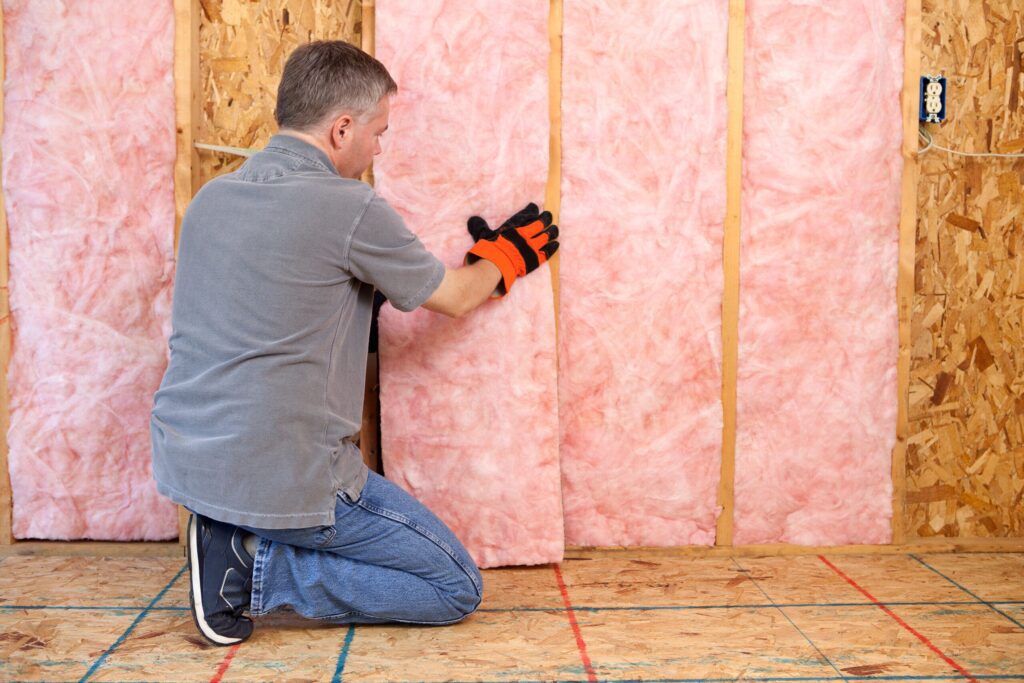

3. Interior Walls
3.1. Electrical Outlets
As with the exterior walls, electrical outlets on your interior walls can offer insights into your insulation situation. Uncover the outlets and examine the void behind them. If you see insulation material, it indicates the presence of insulation within the interior walls. However, keep in mind that not all interior walls require insulation, so the absence of insulation in certain areas is not necessarily a cause for concern.
3.2. Wall Thickness
Similar to the exterior walls, the thickness of your interior walls can indicate whether insulation is present. Measure the wall thickness throughout different rooms and compare the measurements. Thicker walls are likely to have insulation, which is vital for soundproofing and maintaining a comfortable indoor environment.
3.3. Air Vents
Air vents located on interior walls can also provide useful information about insulation. By removing the vent cover, you can inspect the cavity behind it. If you see insulation material, it suggests that the interior wall has been insulated. However, note that not all areas of your home may require insulation, and some interior walls are left uninsulated intentionally.
3.4. Tapping on Walls
Using the tapping technique outlined earlier, you can also assess the presence of insulation within your interior walls. Tap along the walls and listen for differences in the sound. Insulated walls tend to produce a dull, solid sound, while uninsulated walls may sound hollow. Be sure to perform this method in different areas to gather a comprehensive understanding of your home’s insulation situation.
4. Attic
4.1. Access Points
When inspecting your attic for insulation, start by locating the access points. These are typically small doors or openings that allow easy entry into the attic space. Ensure that these access points are properly sealed to prevent air leakage, as this can impact the effectiveness of your insulation.
4.2. Visible Insulation
Once inside your attic, carefully observe the areas where insulation is typically installed. Insulation is commonly found between the ceiling joists or rafters. Look for the presence of insulation batts or blown-in insulation, which may appear as fluffy or fibrous materials. Take note of any damaged or compressed insulation, as these areas may require attention or replacement.
4.3. Temperature Differences
Another indicator of effective insulation in your attic is temperature differences. During the colder months, a well-insulated attic should remain relatively close in temperature to the rest of your home. If your attic is significantly colder, it may suggest inadequate insulation. Similarly, during hot summer days, a well-insulated attic should help keep the heat from penetrating into your living space.
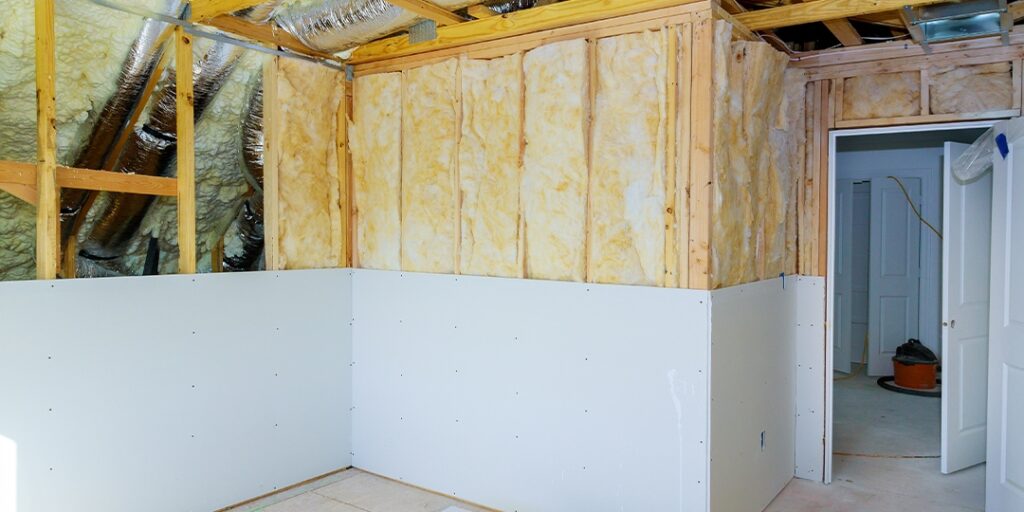

5. Drop Ceilings
5.1. Removing Ceiling Tiles
Drop ceilings, also known as suspended ceilings, provide an opportunity to assess the presence of insulation above them. By carefully removing a ceiling tile, you can inspect the area above for any insulation material. However, exercise caution when removing the tiles, as they can be delicate and may require professional assistance or guidance.
5.2. Access Panels
If your property has access panels in place, they can provide an easy way to investigate the insulation above your drop ceiling. Open these panels and examine the space above for insulation material. Consider seeking professional assistance if you are unsure about handling these access panels safely.
6. Windows and Doors
While windows and doors do not directly indicate the presence of insulation, they can play a significant role in affecting energy efficiency. Insulated windows and well-sealed doors reduce air leakage and heat transfer, contributing to an optimally insulated space. It is essential to inspect the condition of your windows and doors, ensuring proper weatherstripping and seals are in place to minimize heat loss or gain.


7. Electrical Boxes
Electrical boxes on your walls, where light switches and outlets are installed, can offer insights into your insulation. Remove the cover plates from these electrical boxes and examine the gaps around them. If you see insulation material, it suggests that the area has been insulated properly. However, note that not all electrical boxes require insulation, as some are located in areas where insulation is not required.
8. Soundproofing Materials
In addition to insulation, you may be interested in assessing the presence of soundproofing materials within your walls or ceilings. Soundproofing materials can effectively minimize noise transmission between rooms or from external sources. While conducting your visual inspection, look for any signs of soundproofing materials such as acoustic insulation or sound damping panels. These materials can enhance the acoustic comfort of your home.
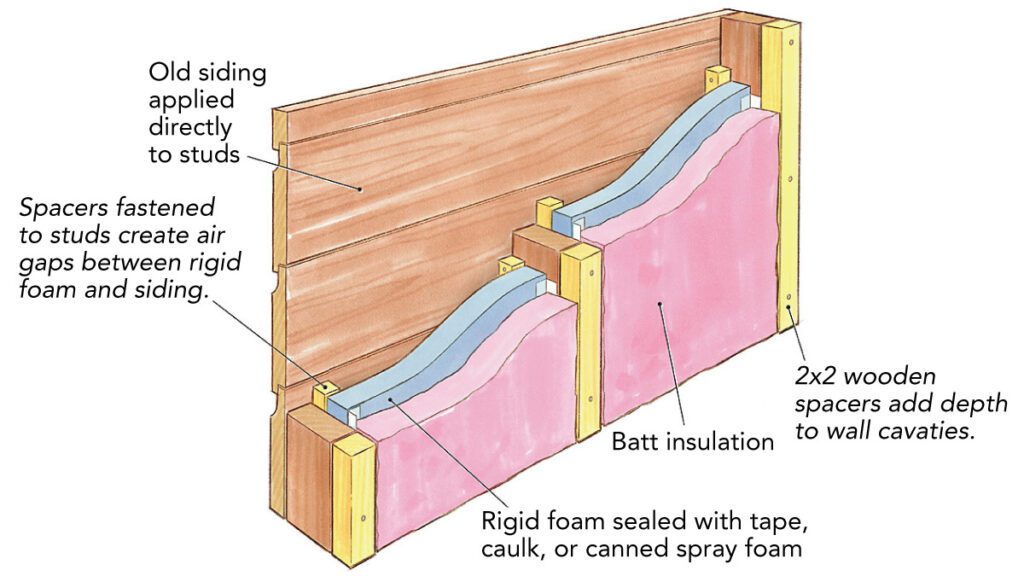

9. Thermal Imaging
To gain a more comprehensive understanding of your insulation situation, consider utilizing thermal imaging technology. This non-invasive method allows you to detect temperature variations and identify potential insulation gaps or areas of energy loss. Thermal imaging cameras can reveal hot or cold spots, indicating potential insulation issues that may require attention.
10. Professional Inspection
While a thorough visual inspection can provide valuable insights, engaging the services of a professional inspector is highly recommended. Certified professionals possess the expertise and tools required to accurately assess the insulation throughout your property. They can provide detailed reports, identify any insulation deficiencies, and offer recommendations for improvement. A professional inspection ensures a comprehensive evaluation of your insulation and boosts your confidence in the overall energy efficiency of your home.
By utilizing the techniques discussed in this article and considering a professional inspection, you can gain a clearer understanding of the insulation behind your drywall. Armed with this knowledge, you can make informed decisions regarding insulation improvements, enhancing both the comfort and energy efficiency of your dwelling.



